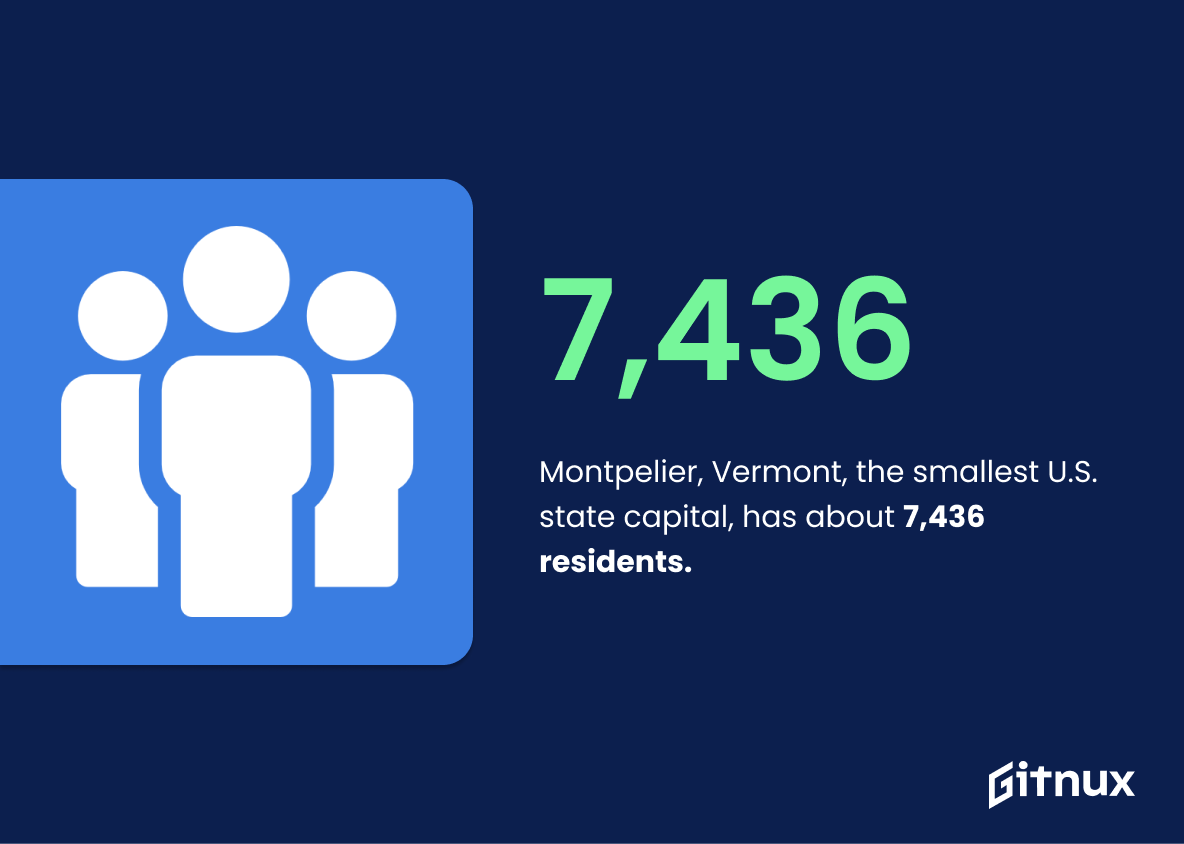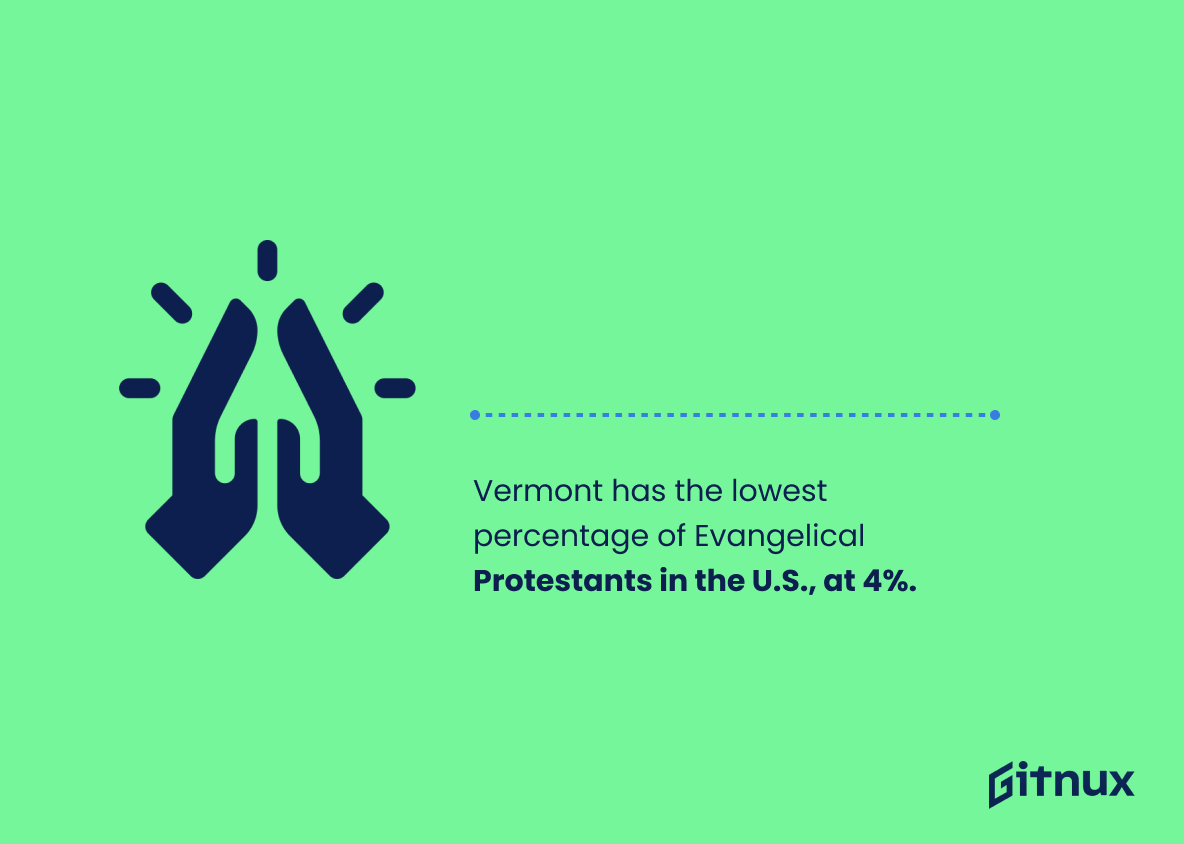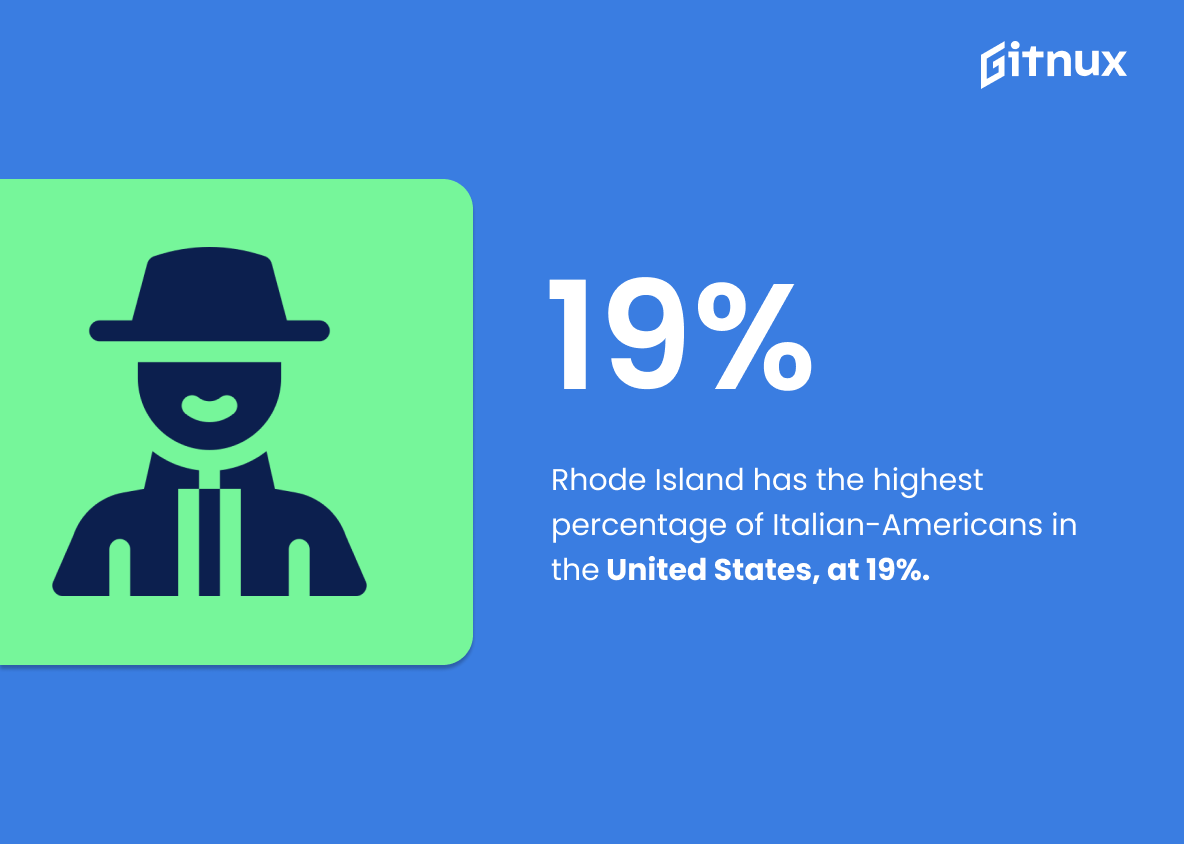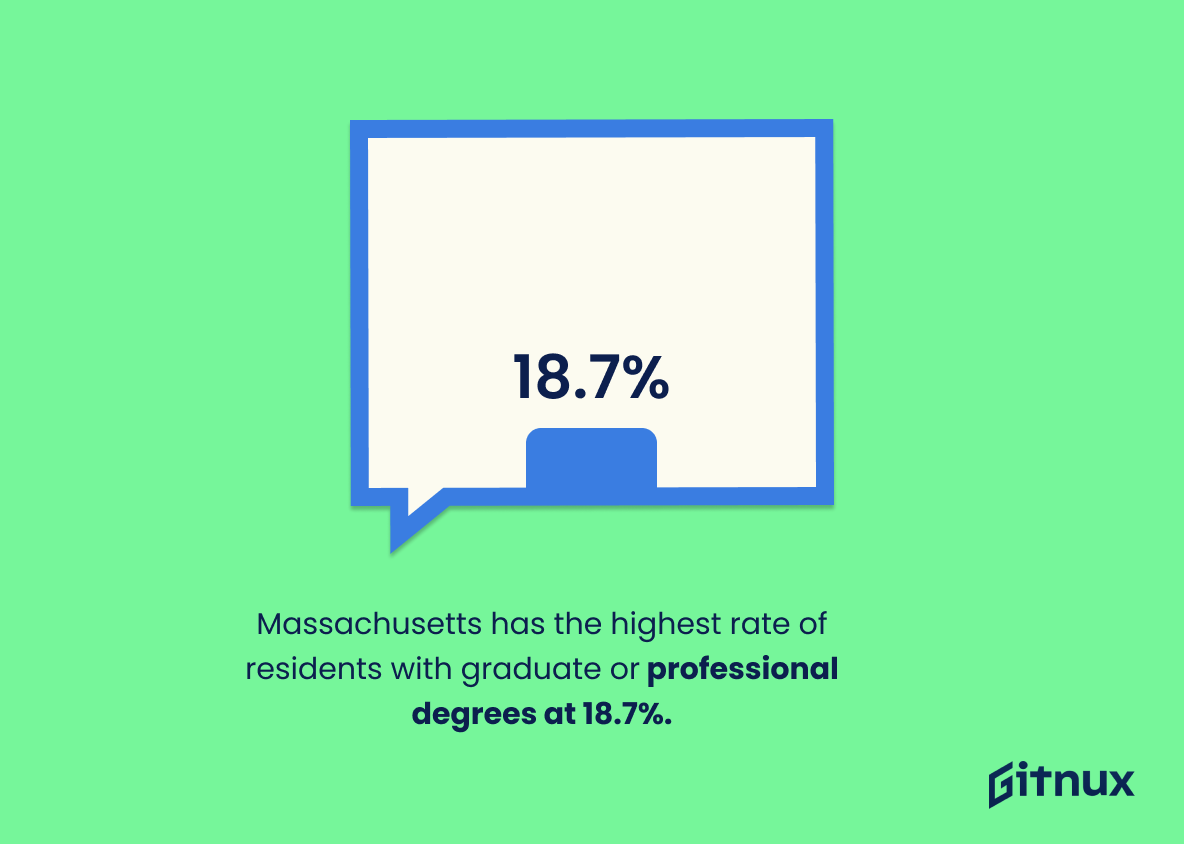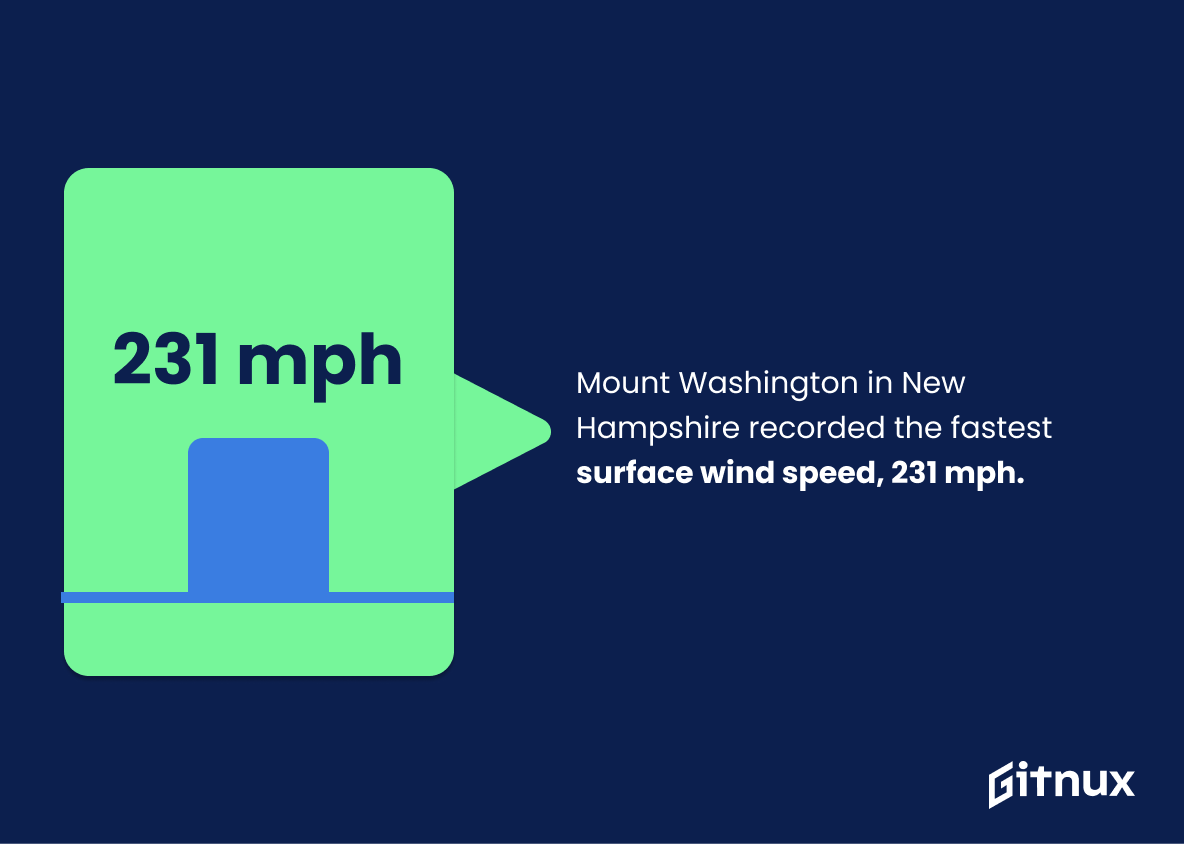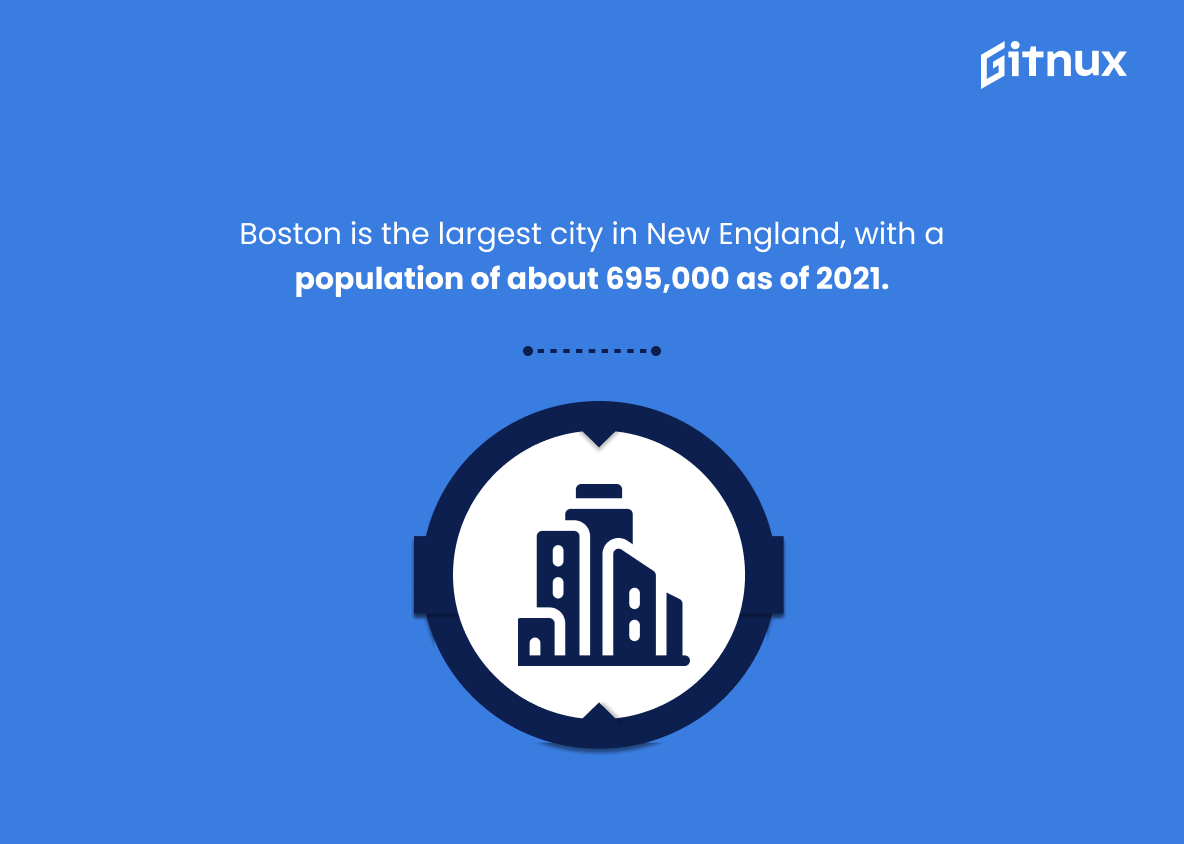New England is a region of the United States that has an abundance of interesting facts and statistics. From its population to its economy, New England offers unique insights into American life. This blog post will explore 20 fascinating statistics about New England, including information on population size, demographics, education levels, tourism attractions and more. We’ll look at data from sources such as the U.S Census Bureau and World Population Review to get a better understanding of this diverse region in America’s northeast corner. So let’s dive right in.
New England Statistics Overview
Montpelier, Vermont, is the smallest state capital in the United States, with a population of roughly 7,436 residents.
This statistic is significant in the context of a blog post about New England Statistics because it highlights the unique character of the region. Montpelier is the smallest state capital in the United States, and its small population size is indicative of the rural nature of much of New England. This statistic serves as a reminder of the region’s distinctiveness and its commitment to preserving its small-town charm.
Maine has the highest percentage of non-Hispanic white residents in the U.S., at 94%.
This statistic is a telling indication of the demographic makeup of Maine, highlighting the fact that the majority of the population is non-Hispanic white. This is an important factor to consider when discussing New England Statistics, as it provides insight into the cultural and social dynamics of the region.
Vermont has the lowest percentage of Evangelical Protestants in the U.S., at 4%.
This statistic is significant in the context of a blog post about New England Statistics as it provides insight into the religious makeup of the region. It highlights the fact that Vermont is an outlier in terms of its religious composition, with a much lower percentage of Evangelical Protestants than the rest of the region. This could be indicative of a larger trend in the region, or it could be an anomaly. Either way, it is an interesting statistic that provides a unique perspective on the region.
New Hampshire has the lowest poverty rate in the United States, at 7.3%.
This statistic is a testament to the success of New Hampshire’s economic policies, as it has the lowest poverty rate in the United States. This is a remarkable achievement, and it speaks to the strength of the state’s economy and the effectiveness of its social programs. It is a powerful reminder that New England is a region of opportunity and prosperity.
The median household income in Connecticut ranks 5th highest in the U.S., at $76,106.
This statistic is a testament to the economic success of Connecticut, ranking it among the highest in the nation. It speaks to the financial stability of the state and its citizens, making it an attractive place to live and work. This is an important point to consider when discussing New England Statistics, as it provides a glimpse into the region’s overall economic health.
Rhode Island has the highest percentage of Italian-Americans in the United States, at 19%.
This statistic is significant in the context of a blog post about New England Statistics because it highlights the unique cultural heritage of Rhode Island. It demonstrates the strong influence of Italian-American culture in the state, and how it has shaped the region’s history and identity.
Massachusetts has the highest percentage of residents with a graduate or professional degree, at 18.7%.
The fact that Massachusetts has the highest percentage of residents with a graduate or professional degree speaks volumes about the educational opportunities available in the state. It is a testament to the quality of the educational institutions in the area, as well as the dedication of the people of Massachusetts to pursue higher education. This statistic is a reflection of the commitment to excellence that is so prevalent in New England.
Maine has a 5,500-mile shoreline, even longer than California’s coastline.
This statistic is a testament to the sheer beauty of Maine’s coastline. With 5,500 miles of shoreline, Maine offers a stunning array of beaches, coves, and inlets that are sure to captivate any visitor. This statistic is a reminder of the natural beauty that New England has to offer.
New Hampshire’s Mount Washington recorded the fastest surface wind speed ever observed by humans, at 231 miles per hour.
This remarkable statistic serves as a testament to the power of New England’s natural forces, and highlights the region’s unique geography. It is a reminder of the awe-inspiring beauty and strength of the area, and a source of pride for those who call New England home.
Boston is the largest city in New England, with a population of about 695,000 as of 2021.
This statistic is a testament to the sheer size and scope of Boston’s population, making it the largest city in New England. It serves as a reminder of the importance of the city in the region, and its influence on the culture, economy, and politics of the area.
Connecticut’s shoreline stretches over 332 miles along Long Island Sound.
The fact that Connecticut’s shoreline spans 332 miles along Long Island Sound is a testament to the state’s natural beauty and its importance to the region. This statistic speaks to the vastness of the state’s coastline, which provides a stunning backdrop for visitors and locals alike. It also serves as a reminder of the state’s rich maritime history and its role in the development of New England.
Rhode Island has the highest population density of New England states, with 1,006 people per square mile.
This statistic is a telling indication of the bustling nature of Rhode Island, making it stand out among the other New England states. It speaks to the vibrancy of the state, and the fact that it is a desirable place to live. This statistic is a testament to the fact that Rhode Island is a great place to call home.
Vermont ranks 49th in GDP among U.S. states, with a GDP of $33 billion as of 2021.
This statistic is a telling indication of Vermont’s economic standing among the other U.S. states. With a GDP of $33 billion, Vermont ranks 49th in the nation, highlighting the need for economic growth in the New England region.
Maine’s Acadia National Park attracts more than 3.5 million visitors annually.
The fact that Acadia National Park in Maine draws in more than 3.5 million visitors each year is a testament to the beauty and grandeur of New England. It is a reminder of the region’s natural wonders and the importance of preserving them for future generations. This statistic is a reminder of the importance of New England’s parks and the need to protect them for the enjoyment of all.
Massachusetts is home to the nation’s top university, Massachusetts Institute of Technology (MIT).
The fact that Massachusetts is home to the renowned Massachusetts Institute of Technology (MIT) is a testament to the state’s commitment to excellence in education. This prestigious university is a source of pride for the entire New England region, and its presence serves as a reminder of the region’s commitment to providing quality educational opportunities. As such, this statistic is an important part of the narrative when discussing the educational landscape of New England.
The town of Stowe, Vermont, is considered the “Ski Capital of the East” for the United States.
This statistic is significant in the context of a blog post about New England Statistics because it highlights the importance of Stowe, Vermont as a premier skiing destination in the eastern United States. It is a testament to the town’s popularity and the quality of its ski resorts, and serves as a reminder of the region’s strong skiing culture.
Connecticut has America’s oldest continuously published newspaper, The Hartford Courant, in operation since 1764.
The Hartford Courant’s longevity speaks volumes about the rich history of Connecticut and the New England region. It is a testament to the resilience of the people of this area, who have been able to keep a newspaper in operation for over 250 years. This remarkable feat is a reminder of the importance of preserving the past and the value of tradition in New England.
Conclusion
New England is a region of the United States with an incredibly diverse population and landscape. With 14.9 million people, it has some of the most populous states in America such as Massachusetts, which boasts 6.9 million residents alone. On the other hand, Vermont’s capital city Montpelier is one of the smallest state capitals in all of America at just 7,436 inhabitants strong.
The diversity continues when looking into New England’s demographics; Maine has 94% non-Hispanic white residents while Rhode Island holds a poverty rate that ranks lowest among U.S states at 7%. Connecticut stands out for its median household income ranking 5th highest nationwide and Massachusetts leads with 18% having graduate or professional degrees – more than any other state.
When exploring nature within this region you’ll find plenty to do from visiting Acadia National Park in Maine (which attracts 3+ million visitors annually) to skiing down Stowe Mountain Resort dubbed “the Ski Capital” by many East Coast skiers/snowboarders alike. And if history interests you then look no further than The Hartford Courant newspaper published since 1764 making it America’s oldest continuously running paper today.
Overall there are countless facts about New England that make it unique compared to other regions across our nation – whether they be related to culture & lifestyle or natural wonders & historical landmarks – so take your time discovering what makes this area special because there’s something here for everyone.
References
0. – https://www.www.census.gov
1. – https://www.www.mountwashington.org
2. – https://www.www.pewresearch.org
3. – https://www.www.stowe.com
4. – https://www.www.unipage.net
5. – https://www.www.footslopestours.com
6. – https://www.worldpopulationreview.com
7. – https://www.www.statista.com
8. – https://www.www.mainechamber.org
9. – https://www.www.nps.gov
10. – https://www.portal.ct.gov
